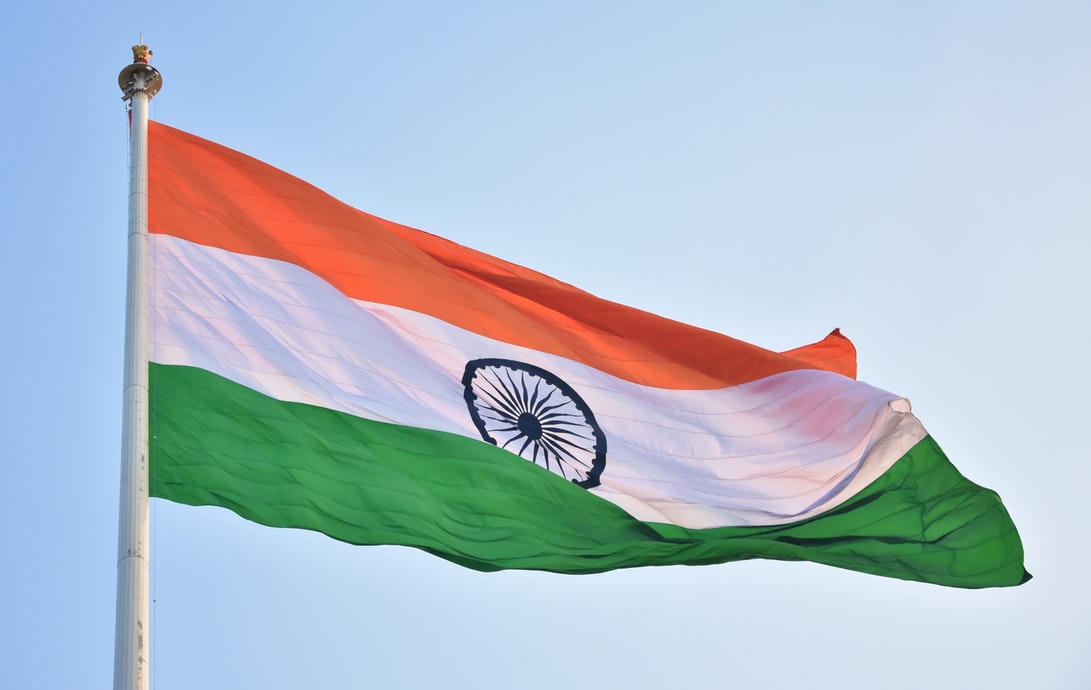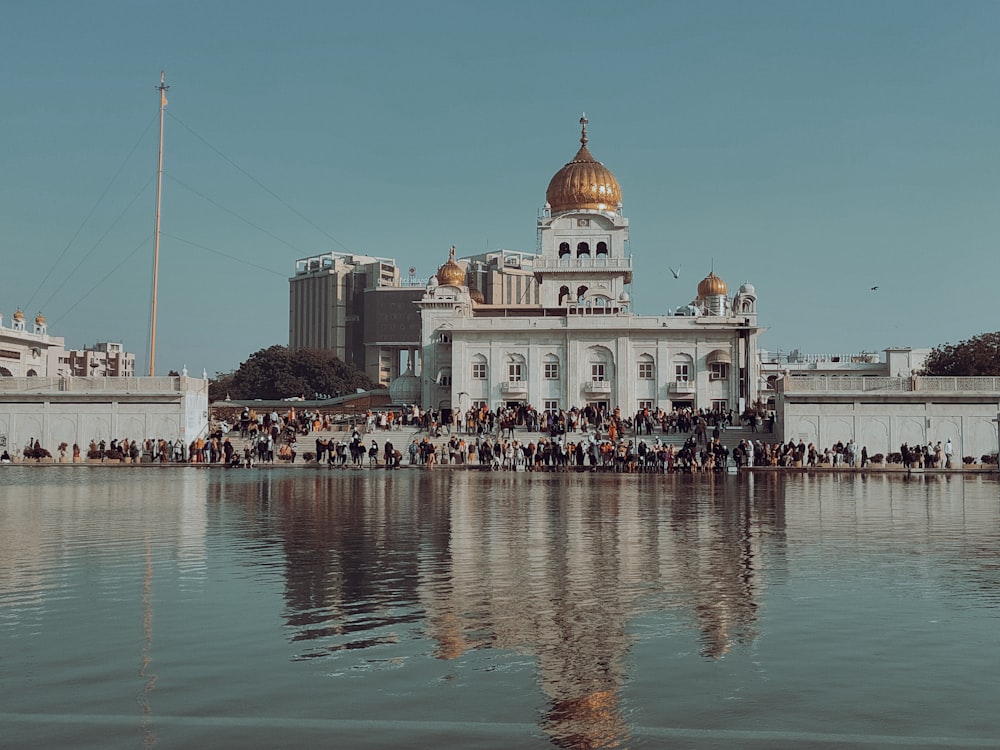
As one of the ancient capitals of the world, Delhi has many attractions. From the point of view of its location, the city is two completely different worlds, “old” and “new”, each of which presents a completely different picture. Large New Delhi was established by the British as the imperial capital of India. Designed by renowned British architect Edwin Lucens, it is a modern European-style city.
In addition to places of historical interest, government buildings and embassies are concentrated here. Old Delhi was the capital of Islamic India. Attractions in this part of the city include mosques, fortresses, and other monuments representing the history of India.
Visitors to the city have the opportunity to plunge into both worlds. Delhi’s three landmarks – Minar Qutub, Red Fort, and Humayun’s Tomb – are included in the UNESCO World Heritage List. This article describes only the most notable sights of the city.
Red Fort
The Red Fort in Delhi is one of the most famous traditional complexes in India, embodying a long period of Indian history, a symbol of the architectural beauty and power of the dynasties that ruled India. There are shops, a museum of paintings, an archaeological museum, a memorializing museum. In 2007, the Red Fort was involved in the UNESCO World Heritage List.
The Mughal Emperor Shah Jahan began construction of a massive fort in 1638, after 10 years the work was completed. The fortress-palace became an important center of medieval Shahdjahanabad, where Shah Jahan moved his capital from the city of Agra. The planning and aesthetics of the Red Fort of Delhi describe the summit of creativity for the Mughals during the reign of Emperor Shah Jahan.

Subsequent emperors of India developed construction with a complex of new buildings. During British rule, the fort was mainly used as a town for the military, and even after independence, a meaningful part of the fort remained at the disposal of the Indian army. In December 2003, the army handed over the fort to the Indian authorities, and has since been used as a tourist attraction in Delhi.
Bahadur Shah II was the last Mughal emperor to occupy the fort. Even though the Red Fort served as the center of the imperial power of the Mughal Empire and was a fortified fortress, it was not defended during the uprising against the British in 1857. The Red Fort is one of the most famous tourist places in Old Delhi. On the anniversary of independence from Britain, from here the Prime Minister of India addresses the Indian people. It is the biggest ancient monument in Old Delhi.
Gates of India
Originally known as the All India War Memorial, the India Gate is a popular symbol of Delhi, celebrating the 90,000 soldiers of the British Indian Army who gave their lives in the First World War and the Third Anglo-Afghan War. The names of the fallen soldiers are engraved on the walls.
After the proclamation of the country’s independence, the India Gate became the site of the Tomb of the Unknown Soldier of the Indian Army, at the foot of which an eternal flame burns. Today, a visit to the Gateway of India is included in the program of state visits by heads of foreign states.

The green lawns near the Gateway of India are popular holiday destinations, day and night. The Republic of India Day is celebrated in Delhi every year. Indian Army soldiers and ordinary citizens taking part in the celebration pass through the India Gate.
Akshardham
The Akshardham Hindu Temple Complex reflects millennia-old traditions of Indian and Hindu culture and is a famous landmark in Delhi. The complex is visited by about 70% of tourists who come to Delhi. Akshardham was officially opened on November 6, 2005. In 2007 it got into the Guinness Book of Records as the largest Hindu temple in the world.
The complex consists of a large temple in the center, which is a mixture of architectural styles from different regions of India. Temple was Constructed from pink sandstone and Italian marble, with no steel or concrete. The height of the temple is 43 m, width – is 96 m, length – is 110 m, from top to bottom it is covered with carved images of plant and animal worlds, dancers, musicians, deities (there are 20,000 sculptures in total).
At the Akshardham complex, you can take a boat trip along the artificial canals and get acquainted with 10,000 years of Indian history in about 12 minutes. The large garden with manicured lawns, trees, and shrubs has many bronze sculptures of national leaders and freedom fighters of the country. There is a cinema with a widescreen screen, a musical fountain, gardens, cafes, shops.
Bangla Sahib
The Gurdwara Bangla Sahib is the most famous Sikh temple in Delhi, known for its involvement with Har Krishan, one of the ten gurus who formed Sikhism. The pond water in the center of the complex is considered a saint by the Sikhs. For the first time, a small temple was built in 1783 during the reign of the Great Mughals.
The temple is instantly recognizable by its distinctive golden dome with a tall flagpole. Bangla Sahib and the body of water are a place of pilgrimage for both Sikhs and Hindus. Especially many believers gather on the occasion of the anniversary of the birth of Guru Har Krishan and the anniversary of the death of Ranjit Singh, the creator of an independent Sikh state.

